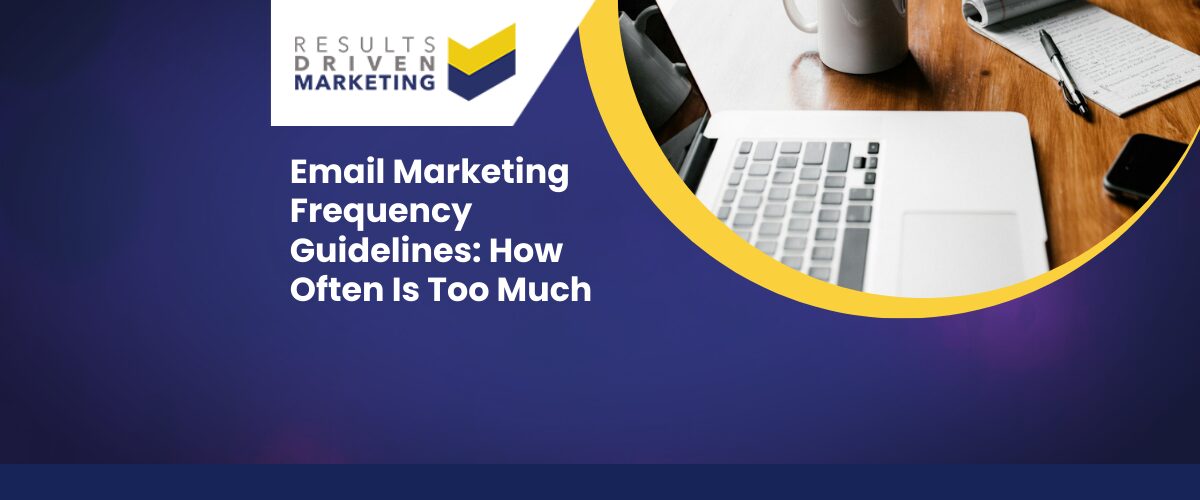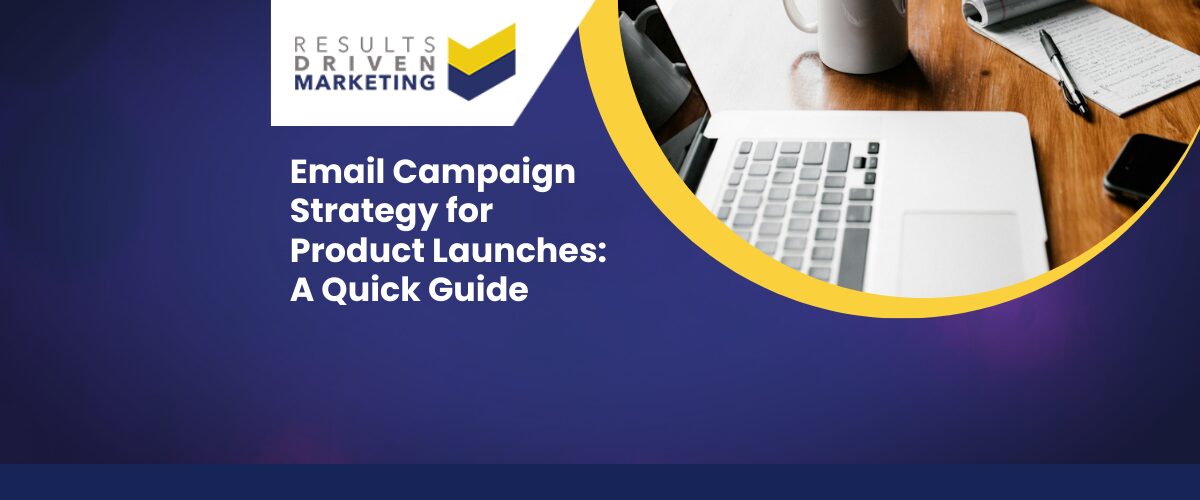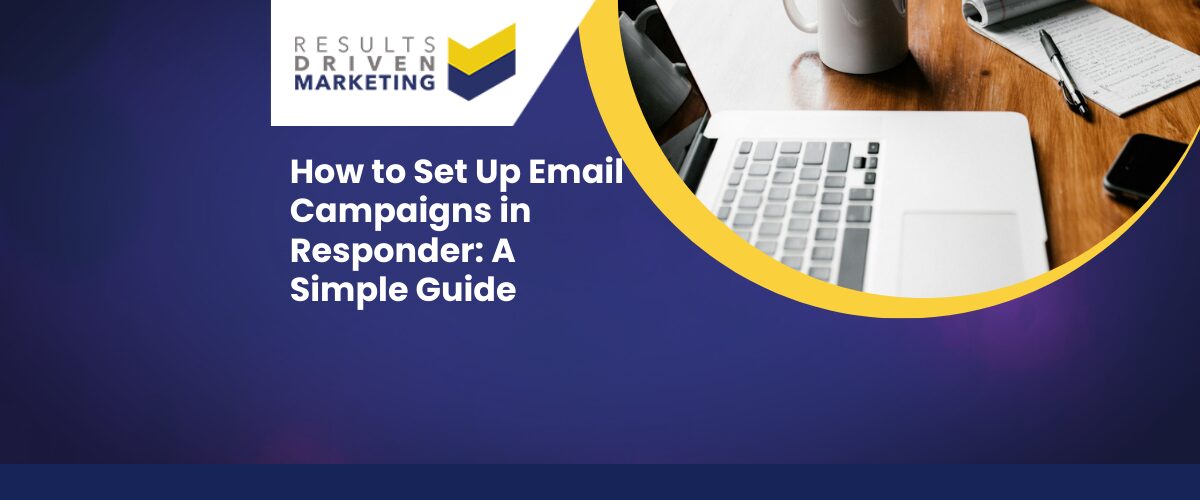
Email Marketing Frequency Guidelines: How Often Is Too Much
Email marketing frequency guidelines are a common pain point for B2B marketers — especially if you’re working with purchased data. Send too often, and you risk becoming an inbox nuisance. Don’t send enough, and prospects quickly forget who you are. Striking the right balance is key — and for UK SMEs, it’s not as simple as copying advice from big brands or B2C marketers.
This post is here to cut through the noise. We’ll walk you through how often you should be emailing your contacts — whether it’s a cold list, warm prospects, or ongoing client communication. You’ll learn how to pace cold outreach, maintain engagement with warm leads, and avoid common pitfalls like over-sending or under-delivering.
By the end, you’ll have a clear, practical strategy to build trust, drive responses, and keep your campaigns performing — without annoying your audience.
Table of contents:
Why Email Frequency Matters in B2B Campaigns
Email marketing frequency guidelines aren’t just a box-ticking exercise — they directly impact how your audience perceives your brand, your offer, and your professionalism.
First impressions count
Especially when using purchased B2B data, your first few emails are make-or-break. Too frequent, and you look pushy. Too infrequent, and they forget who you are. Frequency sets the tone for trust.
Send too often? You risk…
-
High unsubscribe rates
-
Low engagement (opens, clicks, replies)
-
Spam complaints and poor deliverability
-
Audience fatigue — where even good messages get ignored
Don’t send enough? You risk…
-
Losing momentum after initial contact
-
Missed sales opportunities
-
Competitors grabbing attention first
-
Cold leads staying cold
Get it right, and you benefit from:
-
Consistent replies and opportunities
-
Increased familiarity and brand awareness
-
Higher ROI from fewer, better-targeted sends
-
A smoother sales cycle with built-in lead warming
The key? Matching your send rhythm to your audience’s expectations, your campaign type, and your sales process.
The Problem with Blanket Rules and Generic Advice
When it comes to email marketing frequency guidelines, a quick search online will give you hundreds of “magic number” recommendations — but most of them are either too broad or completely irrelevant to UK B2B marketing.
“Once a week” isn’t always right
Many articles suggest emailing every 7 days, but that advice often comes from B2C or large corporate campaigns. In B2B, especially with SMEs, the right frequency depends on:
-
Whether it’s cold outreach or a warm list
-
The complexity of your product or service
-
How much value your emails provide
B2B vs B2C: different worlds
In B2C, daily promotional emails might be tolerated. In B2B, that pace will burn bridges fast — especially with decision-makers who value relevance and timing over constant contact.
Why UK SMEs need a tailored approach
Much of the “best practice” floating around comes from US data, SaaS marketing, or high-volume e-commerce. UK SME audiences are smaller, more relationship-driven, and more sensitive to perceived spam. That’s why your frequency plan needs to be built for your market, not borrowed from someone else’s.
How Often Should You Email Cold B2B Contacts?
When working with purchased B2B data, cold outreach is often your first point of contact. That means your email marketing frequency guidelines here need to be carefully planned to get attention without crossing the line into spammy territory.
Cold Outreach Frequency
A proven approach is:
-
Initial email – concise, relevant, and outcome-focused
-
Follow-up #1 – 2–3 days later, adding value or a fresh angle
-
Follow-up #2 – 3–5 days later, perhaps a softer CTA or question
-
Final follow-up – within 2–3 weeks of the first send, summarising value
This gives you multiple touchpoints without overwhelming the recipient.
Cadence Best Practices
-
Space follow-ups by at least 48 hours
-
Avoid sending on consecutive days — it can feel aggressive
-
Mix up your approach: benefits, proof points, case studies, or quick questions
-
Accept that silence is sometimes an answer — and know when to stop
With cold lists, the goal is to spark a conversation, not force a sale in the first message.
Email Frequency for Warm Leads and Active Campaigns
Once a contact knows who you are — whether through a previous conversation, event, or opt-in — your email marketing frequency guidelines can be more flexible. However, the balance between staying visible and becoming a nuisance still applies.
Regular Newsletters or Value-Based Emails
For ongoing relationship building, aim for once a week or fortnightly. This cadence keeps you top-of-mind without overloading their inbox.
-
Segment your list by interest or engagement level so the most active contacts can receive more updates, while less-engaged subscribers get fewer.
-
Ensure every email provides clear value — tips, insights, or relevant industry news.
Event-Driven or Offer-Based Emails
During a launch, special promotion, or event campaign, higher frequency is acceptable for a short time.
-
Daily emails can work in the final days before a deadline, but only if the offer is genuinely time-sensitive.
-
After the event or offer ends, return to your normal schedule to avoid “list fatigue.”
Warm leads are far more forgiving of increased contact — but only if each email feels relevant and useful.
How to Test and Optimise Your Email Marketing Frequency
There’s no single “perfect” number of emails that works for every business. The smartest approach is to test different cadences and adjust based on audience behaviour.
A/B Testing Frequency
-
Split your list into segments and vary how often each group hears from you (e.g., once a week vs. once a fortnight).
-
Track performance over a 4–6 week period to see which cadence drives higher engagement without raising unsubscribes.
Watch the Right Metrics
To fine-tune your email marketing frequency, keep an eye on:
-
Open rates – dropping opens often signal inbox fatigue.
-
Click-through rates – fewer clicks mean content isn’t landing at that pace.
-
Unsubscribes – a spike usually indicates you’re sending too often.
Tailor Frequency by Segment
Not all contacts need the same rhythm:
-
Highly engaged leads – may tolerate weekly updates.
-
Less engaged or new contacts – may respond better to fortnightly or monthly touches.
-
Clients – prefer steady, predictable updates (e.g., monthly newsletters).
Build a Feedback Loop
Ask subscribers directly: “Would you like weekly or monthly updates?” Giving people a choice not only reduces unsubscribes but also builds trust.
By testing, tracking, and adapting, you’ll find the frequency sweet spot that maximises engagement while keeping your audience receptive.
Spotting Over-Sending (And What to Do About It)
Even with good email marketing frequency guidelines, it’s easy to slip into sending too often — especially when chasing campaign targets. The trick is spotting the warning signs early.
Warning Signs You’re Emailing Too Much
-
Unsubscribe rates climbing after each send
-
Lower open and click rates despite consistent content quality
-
Direct complaints or negative replies
-
Spam folder placement increasing in your analytics
How to Scale Back Without Disappearing
-
Reduce send frequency gradually — dropping from twice a week to once a week instead of stopping abruptly
-
Segment your audience so only the most engaged receive higher-frequency messages
-
Focus on higher-value content so fewer emails still carry impact
Re-Engagement or Pause Sequences
If engagement has dropped, consider:
-
Sending a “Do you still want to hear from us?” email to confirm interest
-
Offering a lighter-touch monthly update instead of weekly sends
-
Temporarily pausing contacts who haven’t opened in months
Quality Over Quantity: What Matters More Than Frequency
While email marketing frequency guidelines give you a framework, the real driver of results isn’t just how often you send — it’s what you send.
Consistency Beats Volume
It’s far better to send one valuable, relevant email each week than three rushed, generic ones. Consistent quality builds trust, while erratic or irrelevant emails erode it.
Relevance is Key
Every email should answer the recipient’s unspoken question: “Why should I care?” That means targeted messaging, tailored offers, and useful insights that match their needs.
Align with Your Sales Cycle
Your send frequency should mirror how your prospects make buying decisions. If the sales cycle is long, pacing your emails appropriately avoids fatigue while maintaining interest.
Better Data = Better Results
Accurate targeting means you can send fewer emails and still get stronger engagement. With the right list, you can focus on impact rather than sheer volume. If you need fresh, targeted data, explore our email lists to reach the right decision-makers.
Why Choose Results Driven Marketing
At Results Driven Marketing, we go beyond simply supplying B2B data — we help you make every send count. From crafting the right message to perfecting your send schedule, we’re here to improve both your targeting and your timing.
Why UK SMEs trust us:
-
12+ years’ experience in B2B data and campaign strategy
-
Deep understanding of UK business decision-maker habits
-
Data tailored to your preferred outreach method — email, phone, or direct mail
-
Fully GDPR and CTPS compliant as standard
-
Sector-specific targeting from over 2,000 industries
-
Fast turnaround and hands-on support to keep campaigns moving
Whether you need to refine your email marketing frequency guidelines or optimise your targeting, our approach is always built around results.
Looking to improve engagement and avoid over-sending? Contact us — we’ll help you send the right message, to the right people, at the right time.
Final Thoughts: Find Your Frequency Sweet Spot
When it comes to email marketing frequency guidelines, there’s no universal magic number — only the rhythm that works for your audience.
The key is to:
-
Start with a structured plan based on your campaign type (cold outreach, warm leads, or ongoing engagement)
-
Monitor key metrics like opens, clicks, and unsubscribes to spot early warning signs
-
Adjust your frequency gradually, avoiding sudden spikes or drop-offs
-
Prioritise relevance and value over sheer volume
With the right targeting, accurate data, and a frequency that feels natural, you’ll stay top-of-mind without wearing out your welcome.
📞 Ready to optimise your email frequency? Contact us today for practical advice and a tailored data quote.
Results Driven Marketing
B2B Data Experts | GDPR-Compliant | UK SME Specialists
📍 Cobalt Business Exchange, Newcastle
📞 0191 406 6399 | 🌐 rdmarketing.co.uk





